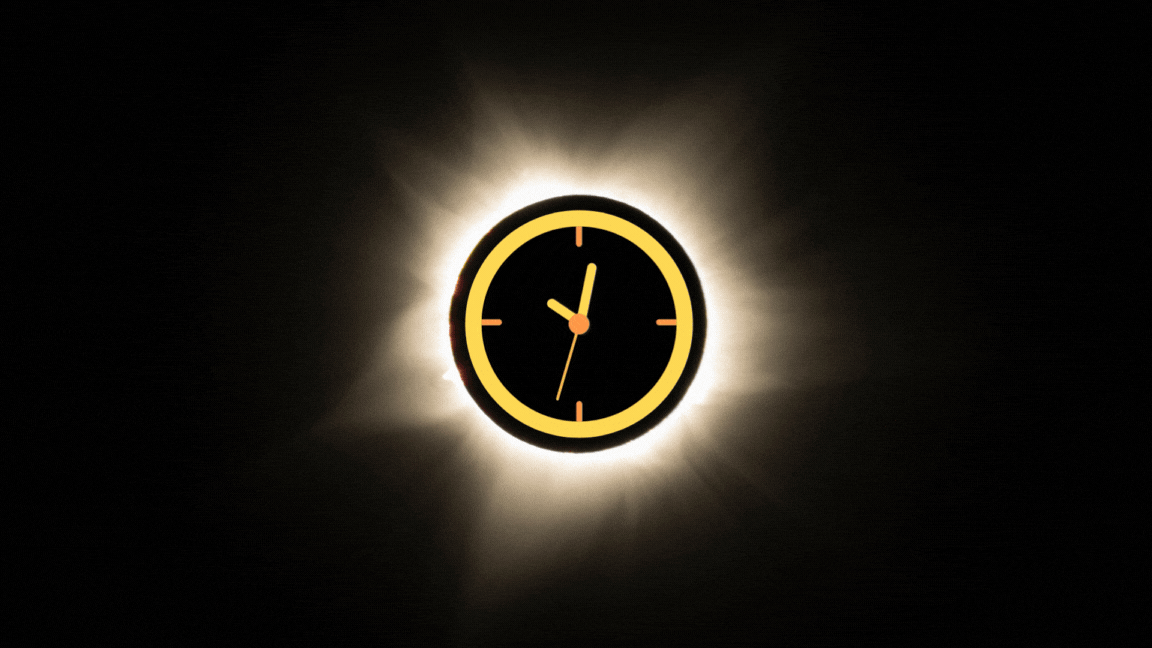
The first place in North America to experience the totality stage of the solar eclipse, whereby the moon covers 100% of the sun's disk will be Mazatlán in Sinaloa, Mexico, with totality beginning at 11:07 a.m. MST (1:07 p.m. EDT) and lasting for 4 minutes 20 seconds.
The total solar eclipse will then cross two more Mexican cities, Durango and Coahuila. Next, the path of totality will enter the U.S. in Texas before moving across 15 U.S. States before heading into Canada.
With over 32 million people living within the path of totality across the U.S. alone, this is shaping up to be one of the most watched solar eclipses ever.
Related: Total solar eclipse 2024: Everything you need to know
You can view the entire path of totality including start and end times for different stages of the solar ellipse at each location in this helpful interactive map from NASA.
If you cannot watch the eclipse in person you can watch the total solar eclipse live here on Space.com courtesy of NASA. Coverage will begin at 1 p.m. EDT (1700 GMT). You can also keep up with all the actions with our total solar eclipse 2024 live updates blog.
A solar eclipse occurs when the moon is positioned between the sun and Earth and casts a shadow on our planet. During a total solar eclipse, for locations within the path of totality — the 115-mile (185-kilometer) wide route through North America — observers will be able to see the moon cover 100% of the sun's disk.
Notable locations along the path of totality
Notable locations for partial solar eclipse
For locations outside the path of totality, while you won't see a total solar eclipse it may still be possible to catch a partial solar eclipse.
How to view safely
To safely view all of this event, you must use solar filters. Only those in the path of totality can remove them briefly to see the sun's corona with their naked eyes. Those not in the path of totality must keep them on the entire time.
Everyone observing the partial phases of this eclipse — and for those outside the path of totality, that's the entire event — will need to wear solar eclipse glasses while cameras, telescopes and binoculars will need solar filters placed in front of their lenses.
Our how to observe the sun safely guide tells you everything you need to know about safe solar observations.







